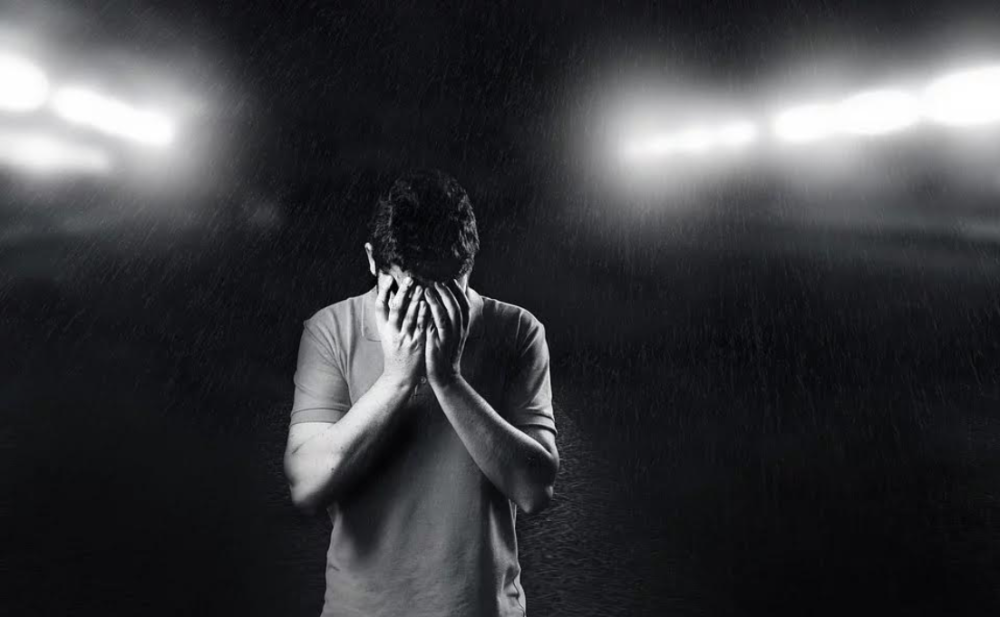Signs and strategies to handle seasonal depression

There’s no need to suffer in silence.
The dark season is upon us here in North Dakota. Many of us are up before the sun and by the time we’re done for the day, it’s nighttime. Weather conditions slowly start to mimic the way we feel: grey, cold and lifeless.
College students are especially prone to seasonal affective disorder (SAD), and due to the weather conditions of North Dakota, NDSU students are even more susceptible to depression at this time of year.
The most essential thing here is to remember that SAD is unbelievably common and should not be stigmatized. A second note of importance would be how to recognize the symptoms from yourself and from others.
The Bates College Health Center did a study and found that anywhere between 5 to 13 percent of college students suffer from seasonal depression. That could mean upwards of 2,000 students suffer from SAD at NDSU alone.
Seasonal affective disorder (also known as seasonal depression) is a mood disorder that causes depression to occur around the same time each year. According to the Mayo Clinic, most people begin experiencing symptoms in the fall and continue to experience them through the end of winter.
The Bates College Health Center did a study and found that anywhere between five to 13 percent of college students suffer from seasonal depression. That could mean upwards of 2,000 students suffer from SAD at NDSU alone.
However, living in North Dakota, where the state only gets 60 percent of sunshine at its highest point (White Butte in Slope County), it’s likely that the percentage of students affected is even higher.
If you’re unfamiliar with the symptoms of SAD, they include feeling depressed, losing interest in activities, having problems sleeping, feeling sluggish, feeling hopeless or even thoughts of suicide. So as much fun as we poke as seasonal depression, the possible outcomes of the disorder can be incredibly serious.
It can be hard at this point in the year for students to determine whether they are feeling tired from school just starting up or if they’re symptoms reveal a more pressing issue. However, if you’re concerned about yourself or notice a friend or family member withdrawing, it is never a bad idea to consider a visit to a physician.
In many cases, light therapy, medication and psychotherapy can seriously ease the symptoms of SAD. Individuals who can help you navigate these symptoms can be found at the Counseling Center in Ceres Hall and at Health Services in the Wallman Wellness Center.
Seasonal affective disorder is completely normal and highly prevalent on any college campus. Experiencing symptoms does not make you weak or abnormal; in fact, going in and talking to someone proves you’re quite the opposite.
While it is never easy to admit you need help, it is certainly much harder to suffer in silence. Remember to be cognizant of how you and those around you are feeling, and go talk to a professional if you fear you may be suffering from SAD.
